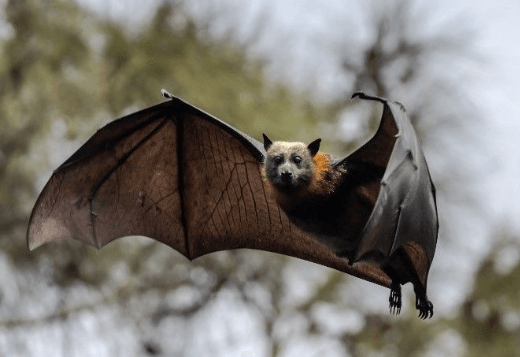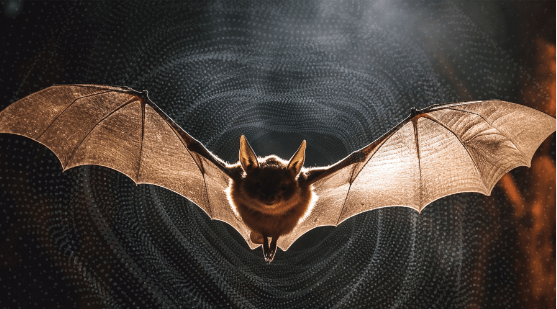Cute:-_Noi7qvbwi= Bat

The Cute:-_Noi7qvbwi= Bat, with its distinctive wing structure and remarkable adaptations, serves as a pivotal player in its ecosystem. Its unique feeding habits not only contribute to pollination but also assist in pest control, underscoring its ecological significance. However, as urban expansion and climate change threaten its habitat, understanding the nuances of its behavior and conservation needs becomes increasingly critical. This raises essential questions about the balance between human activity and wildlife preservation, inviting further exploration into the complexities surrounding this intriguing species.
Physical Characteristics of Cute:-_Noi7qvbwi= Bat
Bats captivate observers not only with their elusive flight but also with their remarkable physical characteristics.
Their unique wing structure, formed by a thin membrane stretched across elongated fingers, enables agile maneuverability.
Read More Animated:Xsc4ztjp7sc= Bacon
Additionally, their diverse feeding adaptations, such as echolocation and specialized teeth, allow them to thrive in various environments, showcasing their evolutionary prowess and enhancing their role in ecosystems worldwide.
Behavior and Habits
The intricate physical adaptations of Cute:-_Noi7qvbwi= Bat contribute to their fascinating behaviors and habits.
Their diverse roosting patterns, often found in caves or tree hollows, provide shelter and protection during the day.
As nocturnal creatures, bats exhibit remarkable nocturnal activity, utilizing echolocation to navigate and hunt.
This combination of behaviors showcases their unique adaptations for survival in varied environments, enhancing their freedom in the wild.

Ecological Importance
Often overlooked, the ecological importance of Cute:-_Noi7qvbwi= Bat is profound and multifaceted. They play a crucial role in maintaining habitat diversity by pollinating plants and dispersing seeds, which fosters healthy ecosystems.
Additionally, bats provide natural pest control, consuming vast quantities of insects that threaten crops and human health. Their presence signifies a balanced environment, underscoring the need to appreciate and protect these remarkable creatures.
Conservation Efforts
Globally, conservation efforts aimed at protecting Cute:-_Noi7qvbwi= Bat populations are increasingly vital as these creatures face numerous threats, including habitat loss, climate change, and disease.
Habitat preservation initiatives are essential to maintain their ecosystems, while fostering public awareness can empower communities to participate in conservation activities.
Educating the public about the ecological roles of bats encourages respectful coexistence and promotes actions that safeguard their future.
Read More Blue:Qphgcemke5i= Butterfly
Conclusion
In conclusion, the Cute:-_Noi7qvbwi= Bat exemplifies the intricate balance of nature, embodying the adage “every creature has its place.” This species, with its distinctive adaptations and critical ecological roles, warrants dedicated conservation efforts. Protecting its habitat not only safeguards the bat itself but also preserves the broader ecosystem it supports. Understanding and respecting the remarkable qualities of this bat will ensure its survival and continued contribution to biodiversity for generations to come.



